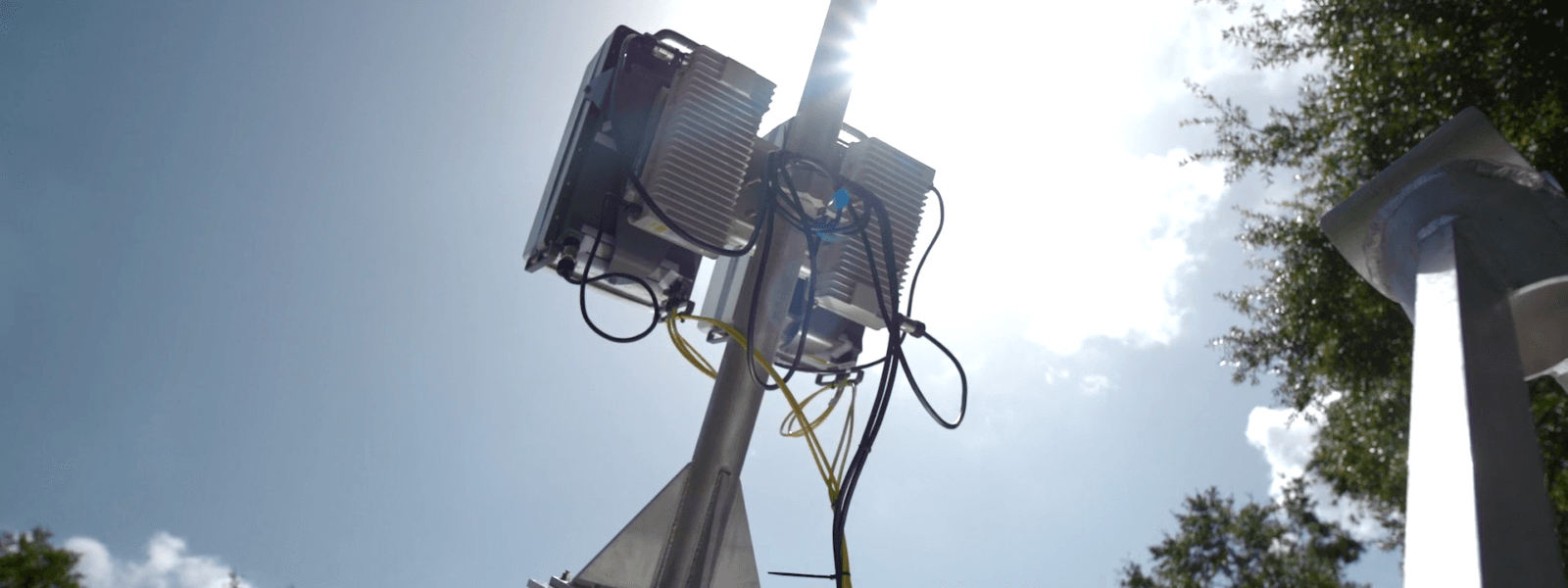Technology and Innovation
Harnessing 5G to drive the innovations of the future
September 13, 2017
Share Article:
This week at the Mobile World Congress in San Francisco, some of the biggest names in wireless, including Craig Cowden, Charter’s Senior Vice President of Wireless Technology, are coming together to discuss how mobile technology is creating faster connections than anyone thought possible just a few years ago.
Charter just announced our collaboration, with Samsung, involving 5G and 4G LTE trials in the lab and in the field to evaluate fixed wireless using 28 GHz spectrum and 4G LTE using small cells and 3.5 GHz (CBRS) spectrum. These tests will provide critical information as Charter prepares to launch a mobile wireless service next year and bring new competition to that marketplace. Already, Charter provides wireless connectivity with over two hundred million wireless devices attached to our network, carrying as much as 80% of wireless traffic in the home and office.
Charter will emphasize an “Inside-Out” strategy, focusing first on wireless solutions inside the home and office, and then eventually expanding outdoors. Charter will create a seamless connectivity experience by combining Wifi with wireless 4G and 5G access technologies. Beginning in 2018, Charter will offer a mobile wireless service to its customers. Operating as a Wifi first MVNO, Charter will leverage its own pervasive residential, commercial and outdoor Wifi to enhance the connectivity experience. After that, we hope to bolster the quality, speed and capacity of our wireless service using newly available spectrum, such as the 3.5 GHz band and millimeter wave spectrum.
4G LTE and 5G represent the next generation of wireless technology and will enable us to use our advanced high speed network to profoundly enhance connectivity for millions of our subscribers. Charter’s existing network infrastructure provides pervasive location, power, and backhaul to enable these next-generation technologies, ultimately providing a truly ubiquitous connected experience through low latency, high capacity broadband.
As we progress on wireless connectivity, it is increasingly important to ensure that the policy environment is favorable to make 5G and licensed small cells a reality for families and businesses across the country. The FCC has just begun a rule making proceeding to consider changes to the rules governing the 3.5 GHz (CBRS) band. In a discussion about CBRS during this week’s Mobile World Congress Americas, Charter’s top wireless engineer, Craig Cowden, will share his technical expertise and explain that the appropriate framework for 3.5 GHz licensing rules is one that would ensure and encourage investment and deployment by new entrants, including Charter.
These trials and collaborating with partners like Samsung, demonstrate Charter’s commitment to continually innovate our network and power the communications needs of the future. The connectivity we will provide will allow self-driving cars to speak to one another and patients to receive medical care using augmented and virtual reality. It also will facilitate the interconnectivity of billions of devices and vastly speed up broadband in the home and office.
We are entering a new frontier of wireless technology that will connect people like never before at speeds they wouldn’t have dreamed of a few years ago. At Charter, we are working to drive this future of wireless and continue to offer our customers cutting edge technologies in their homes, at work, and places in between.
